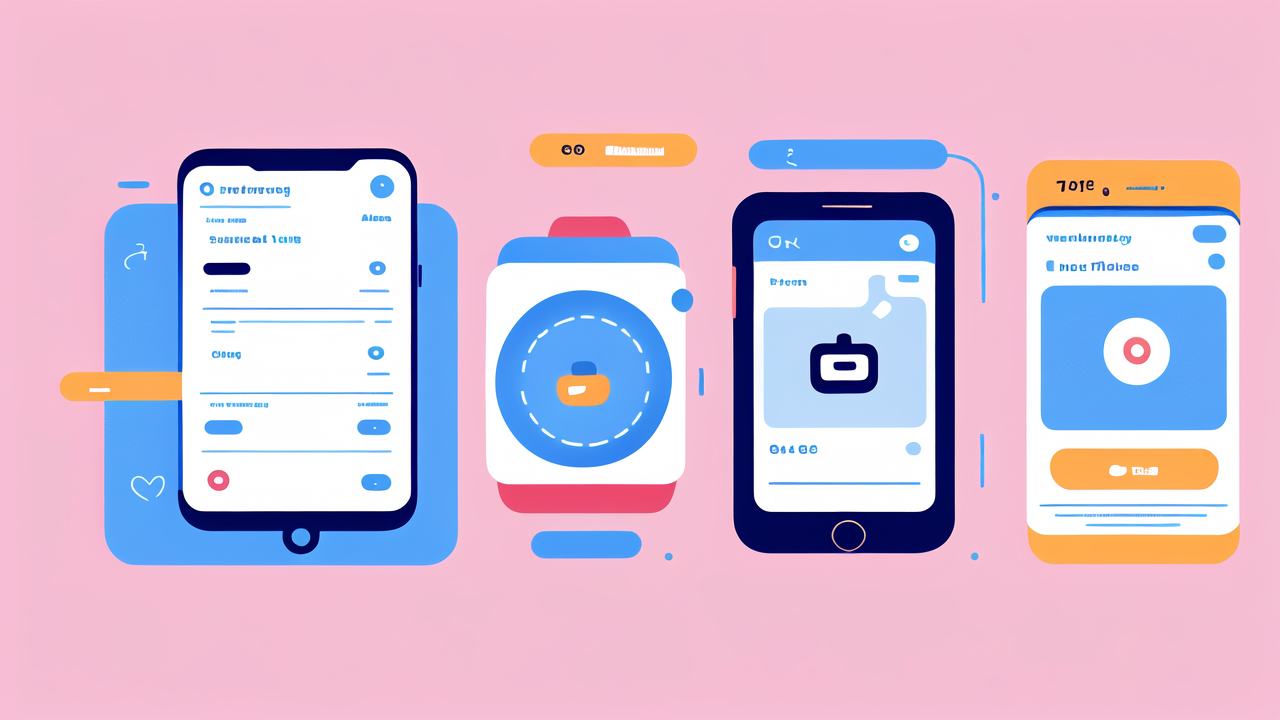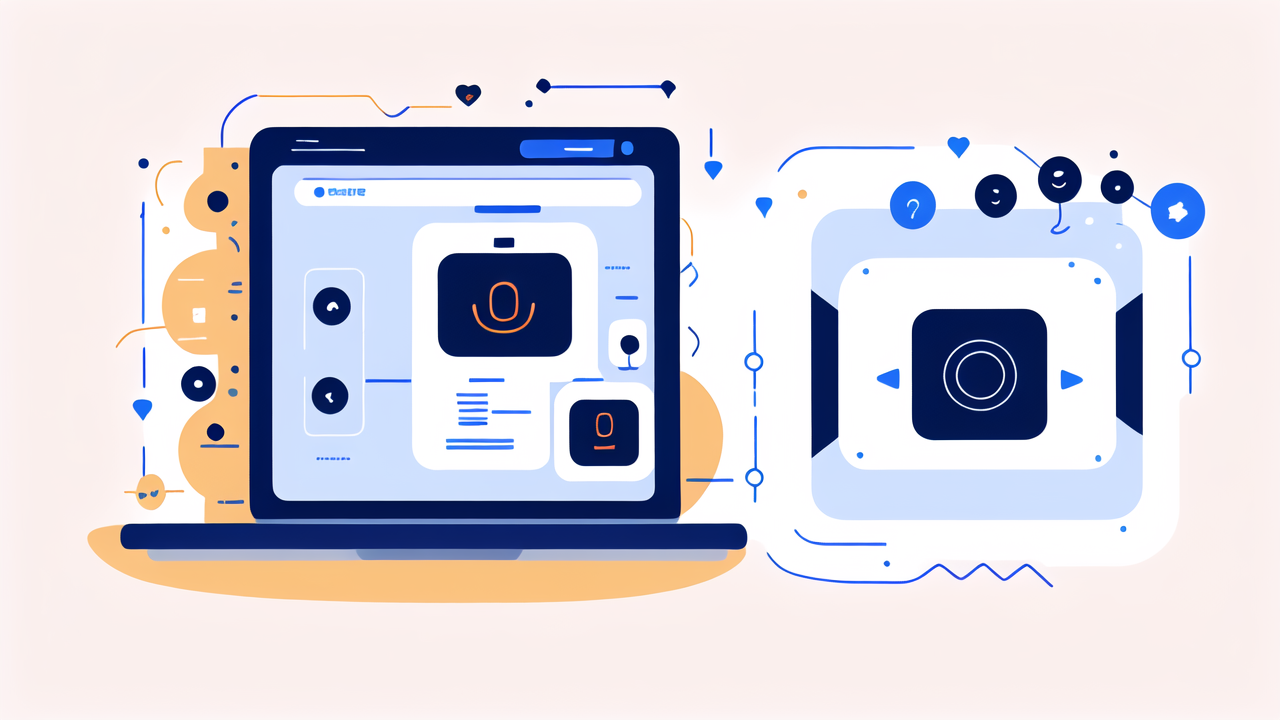The Rise of Smart Watches in the United States
A Brief History of Wearable Technology
Wearable tech has come a long way. It started with simple pedometers in the 1960s. These devices counted steps. Then came digital watches in the 1970s. They showed time and had basic functions.

The 1980s saw the birth of calculator watches. They were a hit among math geeks. In the 1990s, we got the first GPS watches. They helped runners and hikers track their routes.
The 2000s brought us Bluetooth headsets. They made hands-free calls possible. Then came fitness trackers like Fitbit in 2009. They tracked steps, sleep, and calories.
Finally, in 2015, the Apple Watch arrived. It marked the start of the smart watch era. Since then, smart watches have become more powerful and popular.
Smart Watch Features That Are Revolutionizing the Market
Smart watches have changed how we live and work. They offer features that go beyond telling time. Here are some key features:
- Health tracking: They monitor heart rate, sleep, and stress levels.
- Fitness tracking: They count steps, calories burned, and track workouts.
- Notifications: They show calls, texts, and app alerts from your phone.
- Voice assistants: You can talk to Siri or Google Assistant on your wrist.
- Contactless payments: You can pay for things with a tap of your watch.
- GPS: They can guide you without needing your phone.
- Music control: You can play, pause, and skip songs on your phone or watch.
These features make smart watches a must-have for many people. They're not just gadgets, but tools for better health and productivity.
The Impact of IoT on Smart Watch Functionality
The Internet of Things (IoT) has made smart watches even smarter. IoT connects devices to the internet. This allows them to share data and work together.
With IoT, your smart watch can talk to other devices. It can control your smart home. You can turn off lights or adjust the thermostat from your wrist.
IoT also helps smart watches gather more data. They can sync with your phone, fitness equipment, and medical devices. This gives you a fuller picture of your health and fitness.
IoT enables real-time data sharing. Your doctor can monitor your heart rate remotely. Your trainer can track your workout progress live. This makes health care and fitness coaching more personal.
Trends in Smart Clothing and Fashionable Technology
Advancements in Fabric-Based Sensors
Fabric-based sensors are changing the game in wearable tech. These sensors are woven into the fabric itself. They can gather data without bulky devices.

Some sensors can measure heart rate and breathing. Others can track muscle activity. There are even sensors that can detect sweat composition. This data can give insights into your health and fitness.
Scientists are working on making these sensors more accurate. They're also trying to make them washable and long-lasting. The goal is to create clothes that are both smart and comfortable.
Fabric sensors could revolutionize health care. Patients could wear clothes that monitor their vital signs 24/7. This could help detect health issues early.
The Crossover of Fashion and Technology: Smart Apparel
Smart apparel is where fashion meets tech. It's not just about function, but style too. Designers are creating clothes that look good and do amazing things.
Some smart clothes can change color or pattern. Others can heat up or cool down based on the weather. There are even clothes that can charge your phone as you wear them.
Fitness wear is a big area for smart apparel. Some clothes can track your form during workouts. They can give you tips to improve your technique. Others can measure muscle fatigue and tell you when to rest.
Smart apparel isn't just for adults. There are smart onesies for babies that monitor breathing and sleep. Smart shoes for kids can track their activity levels and growth.
Ethical Considerations in Wearable Technology Development
As wearable tech grows, so do ethical concerns. Privacy is a big issue. These devices collect a lot of personal data. How is this data stored and used? Who has access to it?
There are also concerns about dependence on technology. Could relying too much on wearables make us less self-aware? Could it lead to over-monitoring of our health?
Another issue is the digital divide. Wearable tech is often expensive. This could widen the gap between those who can afford it and those who can't.
There are also environmental concerns. Wearable devices often have short lifespans. This could lead to more e-waste. Developers need to consider sustainable design and recycling options.
The Future Landscape of Wearable Devices
Integrating Artificial Intelligence into Wearable Technology
AI is set to make wearables even smarter. It can analyze the data these devices collect. This could lead to more personalized insights and advice.

AI could help wearables understand context better. For example, a smart watch could learn your daily routine. It could then give you reminders at the right time and place.
In health care, AI could help detect diseases early. It could analyze patterns in your vital signs. If it spots something unusual, it could alert you or your doctor.
AI could also make wearables more interactive. You might have conversations with your device. It could become like a personal assistant that knows you really well.
The Role of Machine Learning in Personalized Wearables
Machine learning is a type of AI. It allows devices to learn from data without being explicitly programmed. This is key for personalizing wearables.
With machine learning, your device can adapt to your unique patterns. It can learn your fitness habits and give tailored workout plans. It can understand your sleep cycles and wake you at the optimal time.
In health care, machine learning could help manage chronic conditions. It could learn to predict flare-ups of symptoms. This could help patients take preventive action.
Machine learning could also improve the accuracy of wearable sensors. It can learn to filter out noise and focus on important data. This could make health tracking more reliable.
Predicting the Next Wave of Wearable Innovation
The future of wearables looks exciting. We might see devices that are even more integrated into our lives. Here are some possibilities:
- Smart contact lenses: These could display information right in your field of vision.
- Brain-computer interfaces: These could allow you to control devices with your thoughts.
- Ingestible sensors: These could monitor your health from inside your body.
- Emotion-sensing wearables: These could help with mental health and social interactions.
- Augmented reality glasses: These could overlay digital information on the real world.
We may also see more specialized wearables. There could be devices designed for specific jobs or activities. The key will be making these devices useful, comfortable, and socially acceptable.
As technology advances, wearables will become more powerful and less visible. They might blend so well with our bodies and clothes that we forget we're wearing them. The goal is to enhance our lives without getting in the way.




Leave a comment
This site is protected by hCaptcha and the hCaptcha Privacy Policy and Terms of Service apply.